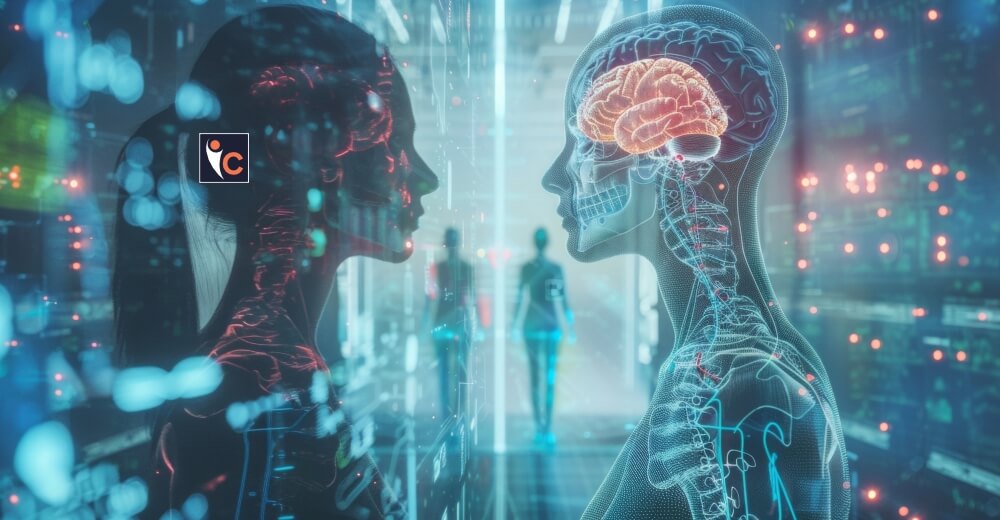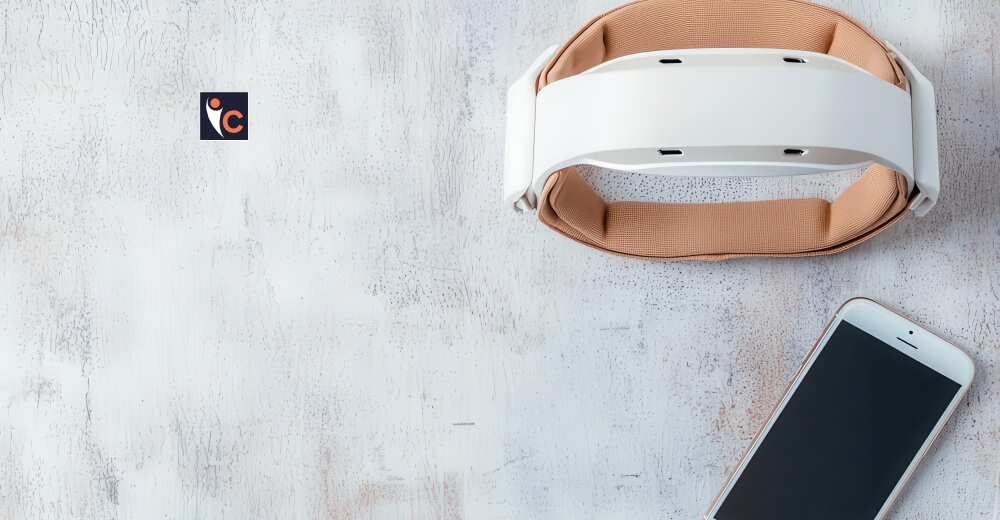Digital Twins in Healthcare
Digital twins, virtual replicas of physical entities, are transforming the healthcare industry by enabling the simulation of patient outcomes and treatment plans. This advanced technology allows healthcare professionals to create personalized digital models of patients, which can be used to predict and optimize treatment strategies, ultimately leading to improved patient outcomes and more efficient healthcare delivery.
The Concept of Digital Twins in Healthcare
A digital twin in healthcare is a virtual representation of a patient, created using data from various sources, such as medical scans, genetic information, and electronic health records. This digital model can be used to simulate the patient’s response to different treatments, allowing healthcare professionals to test various scenarios and make informed decisions about the most effective course of action.
By leveraging advanced data analytics and modeling techniques, digital twins provide a comprehensive view of a patient’s health status, medical history, and potential future outcomes. This holistic approach enables healthcare providers to move beyond traditional, reactive care models and embrace a more proactive, predictive approach to patient management.
Benefits of Digital Twins in Healthcare
The use of digital twins in healthcare offers numerous benefits, including:
- Personalized Treatment Plans: By creating a digital twin of a patient, healthcare professionals can develop tailored treatment plans that take into account the individual’s unique characteristics and medical history. This level of personalization can lead to more effective treatments and better patient outcomes.
- Reduced Risk: Simulating patient outcomes using digital twins can help identify potential complications or adverse reactions to treatments, allowing healthcare professionals to mitigate risks and optimize treatment plans. This proactive approach to risk management can significantly improve patient safety and reduce the likelihood of medical errors.
- Improved Efficiency: Digital twins can streamline the healthcare process by reducing the need for costly and time-consuming clinical trials, as well as minimizing the number of unnecessary procedures. By allowing healthcare providers to test and refine treatment strategies in a virtual environment, digital twins can help optimize resource allocation and improve overall healthcare efficiency.
- Enhanced Patient Engagement: By involving patients in the creation of their digital twins and sharing the simulation results, healthcare professionals can foster a greater sense of patient engagement and shared decision-making. This increased transparency and collaboration can lead to better patient understanding of their health conditions and treatment options, potentially improving adherence to treatment plans and overall health outcomes.
Applications of Digital Twins in Healthcare
Digital twins have various applications in healthcare, which includes:
- Surgical Planning: Digital twins can be used to create detailed simulations of surgical procedures, allowing surgeons to practice and refine their techniques before operating on a patient. This will ensure improved surgical outcomes, reduced complications, and shorter recovery times.
- Drug Development: Pharmaceutical companies can use digital twins to test the efficacy and safety of new drugs, reducing the time and cost associated with traditional drug development processes. By simulating drug interactions and effects in virtual patient models, researchers can identify potential issues earlier in the development cycle and focus resources on the most promising candidates.
- Chronic Disease Management: Digital twins can be used to monitor and manage chronic conditions, such as diabetes and heart disease, by tracking patient data and providing personalized recommendations for treatment and lifestyle changes. This ongoing monitoring and analysis can help healthcare providers identify early warning signs of disease progression and intervene proactively to prevent complications.
- Population Health: By aggregating data from multiple digital twins, healthcare organizations can gain insights into population health trends and develop targeted interventions to address specific health issues. This broader perspective can inform public health strategies and help allocate resources more effectively to address community health needs.
Challenges and Limitations
While digital twins offer significant potential in healthcare, there are also challenges and limitations to their implementation, including:
- Data Privacy and Security: The use of digital twins requires the collection and storage of large amounts of sensitive patient data, which raises concerns about privacy and security. Ensuring the protection of this data from breaches or unauthorized access is crucial for maintaining patient trust and complying with regulatory requirements.
- Interoperability: Ensuring that digital twin systems can seamlessly integrate with existing healthcare IT infrastructure is a significant challenge that must be addressed. The ability to share data and insights across different platforms and systems is essential for realizing the full potential of digital twin technology in healthcare.
- Validation and Regulation: As digital twins become more widely used in healthcare, there is a need for robust validation and regulatory frameworks to ensure their accuracy and safety. Developing standards and guidelines for the development, implementation, and use of digital twins in clinical settings will be crucial for their widespread adoption and acceptance.
Conclusion
The future of digital twins in healthcare holds immense promise. As the technology matures and becomes more sophisticated, we can expect to see even more innovative applications emerge. For instance, the integration of real-time data from wearable devices could further enhance the accuracy and predictive power of digital twins, providing an even more comprehensive view of patient health.
Moreover, the combination of digital twin technology with artificial intelligence and machine learning algorithms could unlock new possibilities in predictive analytics and personalized medicine. These advanced systems could analyze vast amounts of data to identify patterns and insights that might not be apparent to human observers, further enhancing our ability to predict and prevent health issues.
Read More: Click Here










